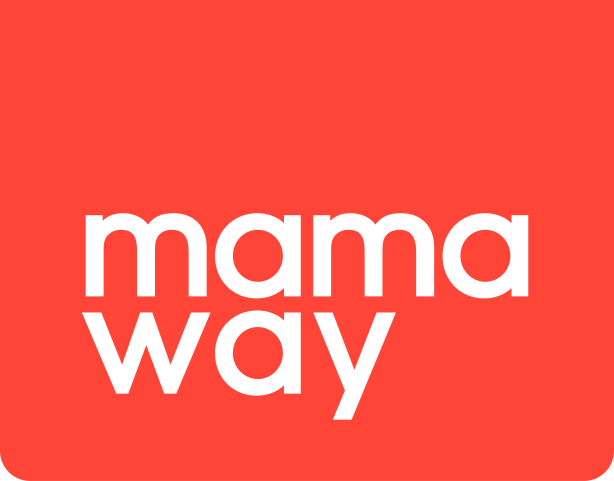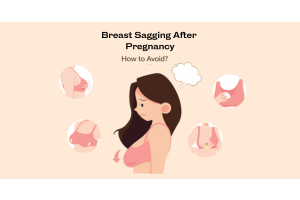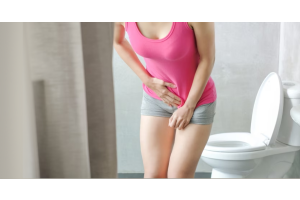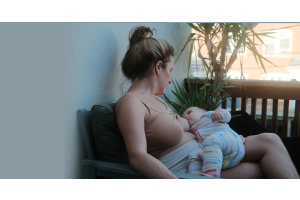Lochia is the vaginal discharge you have after giving birth. It contains a mix of blood, mucus and uterine tissue. It has a stale, musty odor like menstrual period discharge and can last several weeks. It is heavy at first but gradually subsides to a lighter flow until it goes away. This can last for a few weeks. Although lochia is a normal part of the postpartum healing process and doesn’t usually cause complications, it's still important to know how to take care of your body during this phase of the postpartum journey no matter you're a mom who had viginal birth or a C-section.
What does lochia look like?
Generally, lochia follows a similar progression in color and volume. Here're the 3 stages of lochia (lochia rubra, lochia serosa, lochia alba).
DAY 1 - 4+
It begins as blood before tapering to a whiteish mucus. Lochia is dark or bright red for at least three or four days. The flow is heavy, and you may also pass small clots. You can expect to soak one thick maxi pad every two to three hours.

DAY 5 - 10+
After about a week, lochia is more watery and transitions to a pinkish-brown color. The flow is lighter, and you may not fill pads as quickly.

DAY 11 - 30+
Finally, after about 10 to 14 days, lochia changes to a creamy, yellowish-white color. At this point, some people can wear thin panty liners in their underwear
 .
.
How to take care of lochia?
Nano Bamboo Postnatal Recovery & Support Belly Band
While you're trying to adapt to the new mama life, it can be hard for you to take care of your own body when trying to meet all your baby's needs. Using a good-quality postpartum belly band can help you stabilize your core and hold all the things in place, without injuring your recovering body while moving around. Below is how Mamaway's postpartum belly band can help with lochia:
- Support and stabilization: provide gentle compression and support to the abdominal muscles and uterus, helping to stabilize and reduce the movement of the uterus. This may aid in minimizing excessive bleeding and promoting the healing process.
- Improved circulation: The gentle compression provided by a postpartum belly band can help improve blood circulation in the abdominal area. Improved circulation may promote the efficient removal of excess blood and tissue, reducing the duration and severity of postpartum bleeding.
- Pain relief: Postpartum belly bands can help alleviate discomfort and pain in the abdominal region by providing support to the muscles and tissues. By reducing pain and discomfort, it may indirectly help with postpartum recovery and improve overall well-being.
Although a postpartum belly band can speed up the recovery of postpartum bleeding, it's always recommended to consult with a healthcare professional for personalized guidance and to address any concerns related to postpartum bleeding or recovery.
Source
Cleverland Clinic: Lochia














Validate your login
Sign In
Create New Account